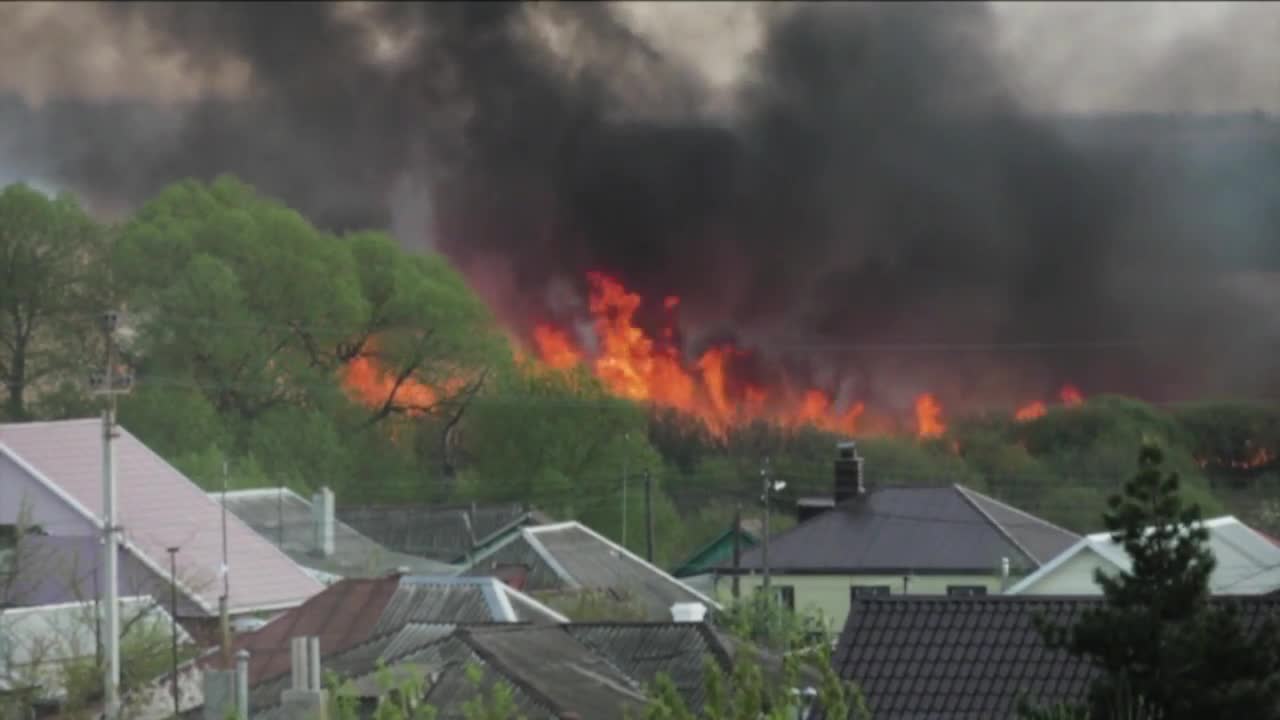TUCSON, Ariz. (KGUN) — Wildfire season has become year-round in Arizona. It has proven to be dangerous and sometimes deadly.
Firefighters at the Golder Ranch Fire District say a fire can start and spread within seconds in the right conditions.
“All it takes is one spark,” Adam Jarrold told KGUN 9.
Jarrold, with the Golder Ranch Fire District, reminds folks to be extra alert during this time of year.
“70% of wildland fires are human-caused. We’ve had fires start simply by people throwing their cigarettes out the window,” he added.
While humans are a cause of most wildland fires, Jarrold says nature is the driving factor for the others.
“So the Bighorn fire was a lightning-caused fire. That evening we had a dry thunderstorm move through. There wasn’t a lot of moisture associated with that storm. And then there just wasn’t a lot of places to safely put firefighters on the ground to attack that fire based on the topography,” he told KGUN 9.
The Bighorn fire burned 119,978 acres, but spared structures and there were no deaths.
“We had upwards of 1,200 firefighters working on it from across the country,” he said.
Fire Captain Colin Port with the Golder Ranch Fire District is a part of the Wildland team. He was sent out to California to battle one of the state’s biggest wildfires
“The Carr fire in 2018 was a big fire. It impacted a lot of communities and we had a lot of fatalities in it,” Port told KGUN 9.
It burned 229,651 acres, destroyed at least 1,600 structures, and killed 8 people.
“It was just a nasty fire and a lot of stuff to navigate every day,” he added.
Port says he was constantly trying to keep his crew safe and motivated while figuring out how the wind and topography would affect the direction of the flames
“You’re just constantly playing catch up it felt like,” he told KGUN 9.
Port says his extensive training made a huge difference out there during their 16-hour shifts.
“You learn about fuels, so what’s burning. Weather...and then you’ll also learn about topography. So the terrain that’s affecting the fire,” he told KGUN 9.
When it comes to crews going out to battle the blaze, there are hotshots commonly known as inter-agencies among firefighters.
“Meaning it can work on federal, state, private lands,” said Captain Port.
There are also other hand crews.
“Hand crews are doing a lot of the same work they may just have different levels of capability. And so the hand crews are going to be using mostly hand tools. So shovels, pulaski -- which are like an axe. They’ll be using chainsaws and other specific tools meant to remove the fuel to bare minimum soil so that the fire can’t cross that,” Port told KGUN 9.
Not to mention they have water tenders and other fire trucks ready to assist in battling any blaze.
As of now Port and his team will continue training year-round to make sure they’re ready to put out any fires.
“If you see something say something because the faster we can get reports on it, the faster we can get firefighters out there and addressing the fire so that hopefully it won’t get very big,” added Jarrold.







